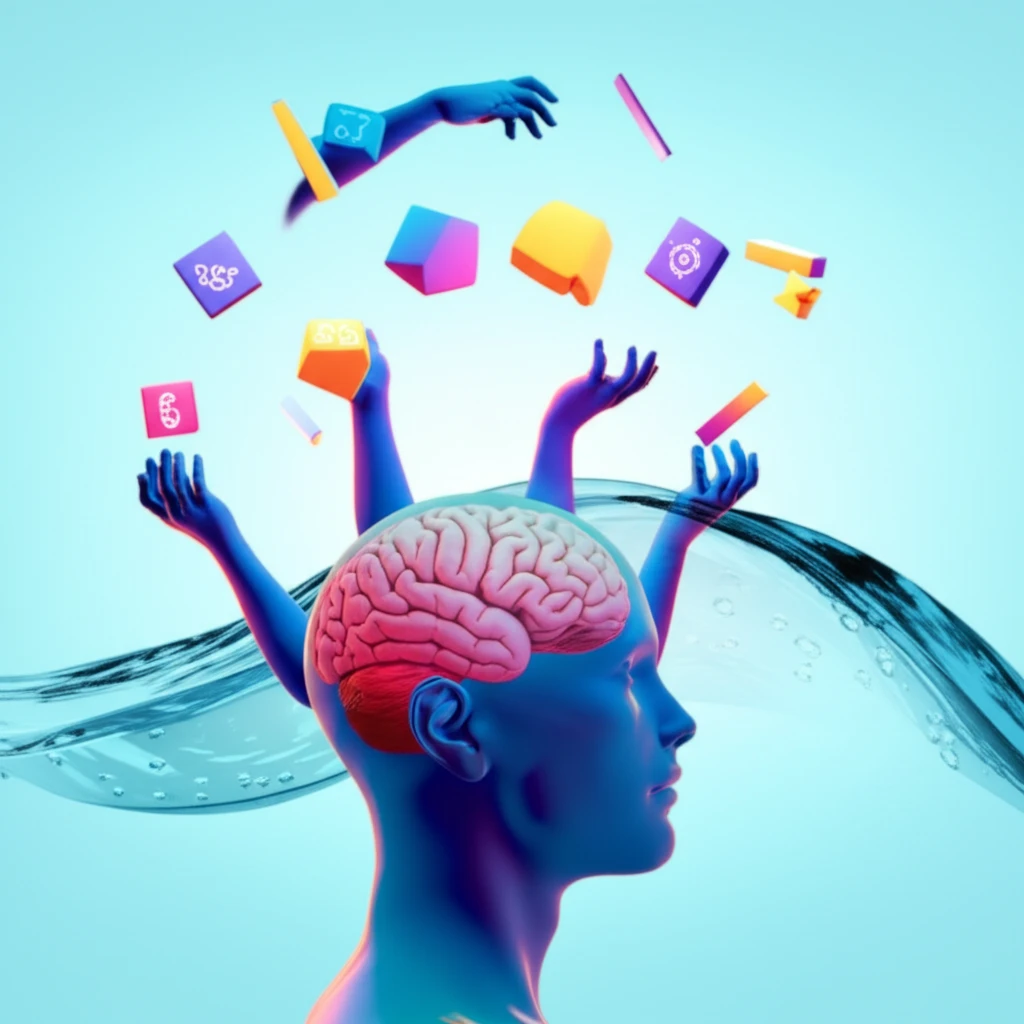
Pain Under Pressure: How Dual-Tasking Can Ease Discomfort
"Discover how your brain handles pain and multitasking, plus simple strategies for feeling better when life gets overwhelming."
Ever notice how a distraction can sometimes make pain feel less intense? Scientists have long been intrigued by this phenomenon, exploring how our minds process pain when we're juggling other tasks. The big question is, how do task demands and our emotional state impact how much pain we perceive?
Previous studies have proposed two main explanations. The first, called "attentional-capacity models," suggests that pain and other tasks compete for our limited mental resources. So, when we're focused on something else, there's less attention available for processing pain signals. The second, "attentional-bias models," emphasizes how our emotions and perceptions of threat can shift our focus toward or away from pain, regardless of available mental resources.
A recent study introduces a new way to examine this relationship: an incremental dual-task paradigm. This approach looks at how task difficulty, emotional content, and the perceived threat of pain all play a role in how we experience discomfort. By understanding these factors, we can potentially find new ways to manage pain in our daily lives.
Decoding Pain: The Dual-Task Paradigm

The study's innovative method involved participants detecting pain on their fingertip while simultaneously performing visual tasks. The force applied to their fingertip was gradually increased until they rated the pain as moderate. In one experiment, participants identified colored shapes, while in another, they viewed images with different emotional associations. The perceived threat of the pain was also manipulated.
- Task Engagement: Participants were less aware of pain when focused on a task.
- Task Difficulty and Emotional Content: These factors didn't significantly alter pain perception.
- Threat Value: The perceived threat of the pain had a noticeable effect on the extent of pain reduction.
A New Path to Pain Relief
This research opens doors to new strategies for pain management, emphasizing the potential of attentional and psychological techniques. By understanding how our minds process pain, we can develop more effective ways to cope with discomfort and improve our overall well-being. Whether it's through mindfulness, engaging activities, or reframing our perception of pain, the power to alleviate suffering may be more within our reach than we thought.
